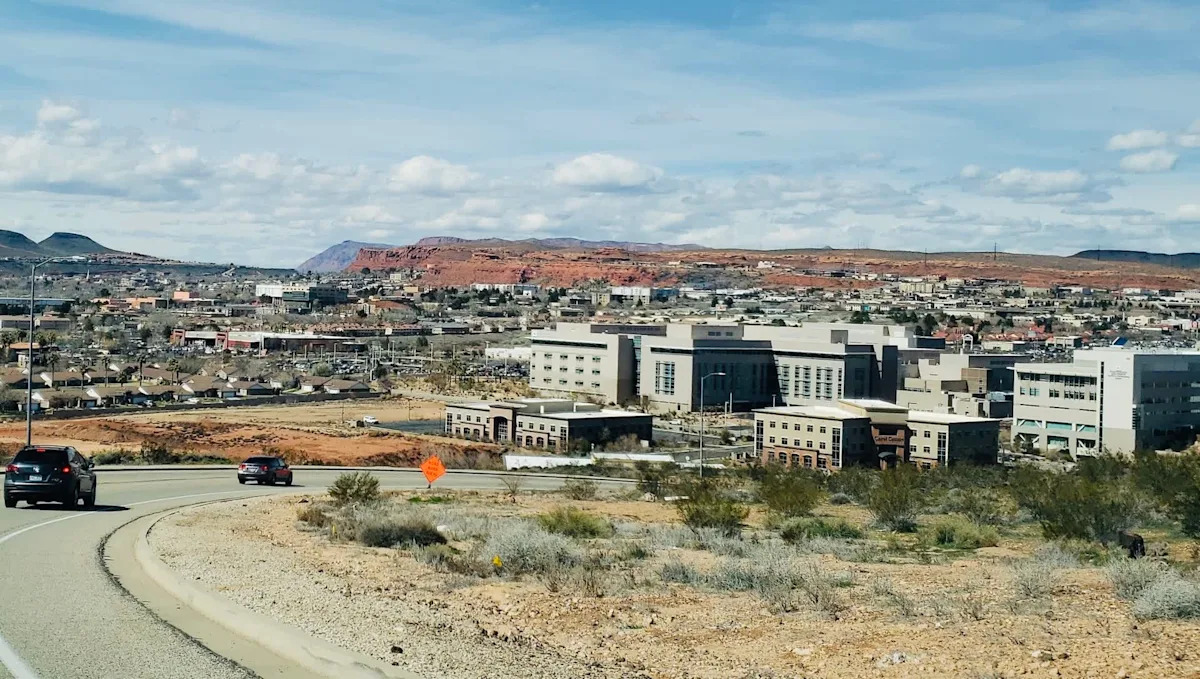A particularly vicious invasive species, known as the Aedes aegypti mosquito, has invaded southern Utah.
What’s happening?
The Salt Lake Tribune reported on the abundance of Aedes aegypti mosquitoes suddenly appearing in Washington County.
This invasive mosquito species is known for infesting residential and urban areas, feeding on humans (even during the day and sometimes biting the same person multiple times), and carrying a vast array of diseases, including Zika and West Nile virus.
Residents of Washington County are desperate for relief from the invasion. Not only do these mosquitoes bite often, but they can also leave behind bruises and large red welts when they do. Some people have even gone to the hospital due to not knowing where these red welts on their bodies came from.
As the manager of the Southwest Mosquito Abatement District, Sean Amodt, told The Salt Lake Tribune, “The statement we constantly hear from them is, ‘Help, we are getting eaten alive.'”
Exterminators are using foggers and sprays to try to eradicate the problem, but finding the source of infestations can be challenging.
Why is this incident concerning?
Invasive species, like these mosquitoes, can cause numerous problems in their new environments, as evidenced by what’s happening in Utah.
When introduced to new ecosystems, invasive species tend to spread rapidly, destroying local ecosystems and native species by outcompeting them for vital resources. In the case of these invasive mosquitoes, though, the real danger lies in their ability to spread a host of new diseases into the local ecosystem.
Vector-borne diseases, such as those spread by mosquitoes, can lead to long-term health consequences or even be fatal. With more invasive mosquitoes in an area, the chances of people getting these diseases increase.
While eradicating invasive species is key, protecting and prioritizing native wildlife and plant species, as well as their habitats, can help limit invasive species and the spread of deadly disease, conserve natural resources, and even protect food supplies.
What’s being done about Utah’s mosquito invasion?
In addition to exterminators attempting to rid the area of the mosquitoes, they also passed out public health pamphlets that advised residents in infected neighborhoods to remove standing water and clear away outside clutter.
However, officials suspect that this mosquito species is likely to stay in the area, at least from May to November.

��
Get TCD’s free newsletters for easy tips to save more, waste less, and make smarter choices — and earn up to $5,000 toward clean upgrades in TCD’s exclusive Rewards Club.

